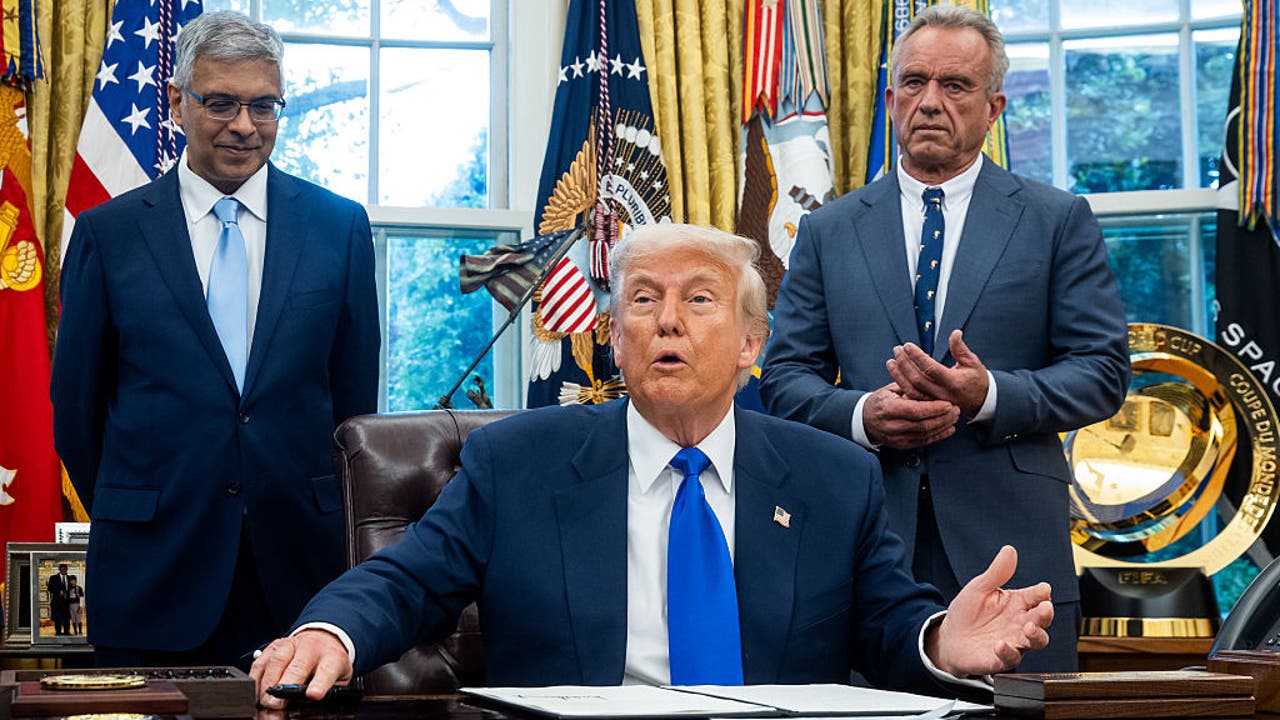Unraveling 'Gain of Function': The Scientific Controversy Behind the Research Ban

In a controversial move that has sparked intense debate within the scientific community, President Trump took a decisive step to halt federal funding for gain of function research, a type of scientific investigation that has long divided researchers and public health experts.
Gain of function research involves deliberately modifying viruses to understand how they might become more transmissible or dangerous. While proponents argue that these experiments are crucial for predicting and preparing for potential pandemic threats, critics warn that such studies could accidentally create more dangerous pathogens.
The executive order reflects growing concerns about the potential risks associated with manipulating viruses in laboratory settings. Scientists are deeply split on the issue, with some viewing these experiments as essential for understanding viral evolution and developing potential treatments, while others see them as an unnecessary and potentially catastrophic gamble.
Supporters of the research argue that gain of function studies have been instrumental in understanding how viruses like influenza and coronaviruses might mutate and spread. They believe these experiments provide critical insights that could help prevent future global health crises.
Opponents, however, contend that the risks far outweigh the potential benefits. They point to the possibility of accidental release or the unintentional creation of a more deadly pathogen that could pose an unprecedented threat to human health.
President Trump's executive order represents a significant moment in the ongoing debate, effectively putting a pause on federally funded research that many consider to be walking a fine line between scientific discovery and potential global risk.
